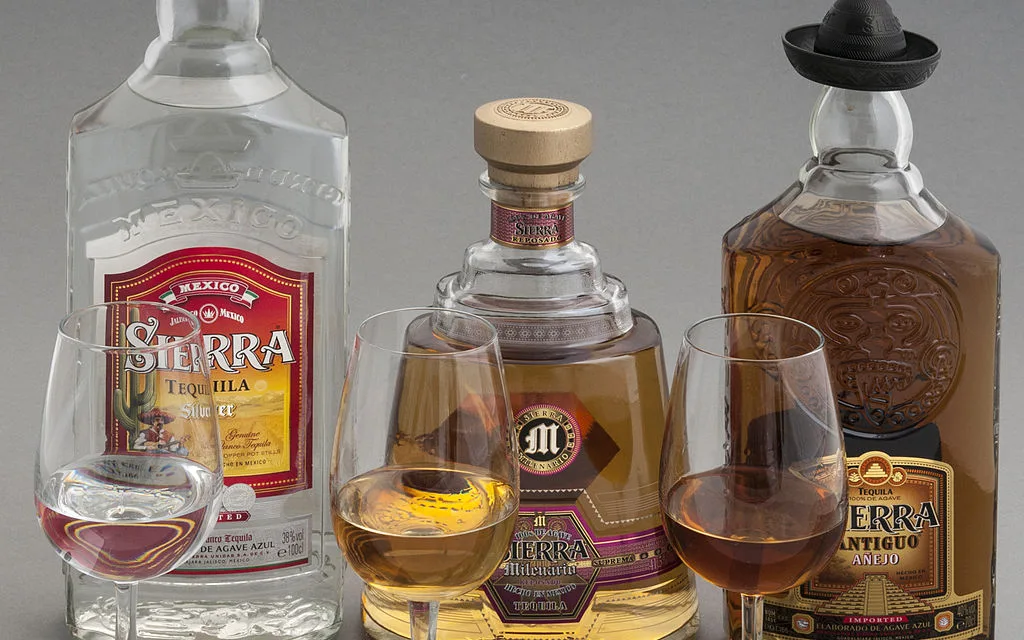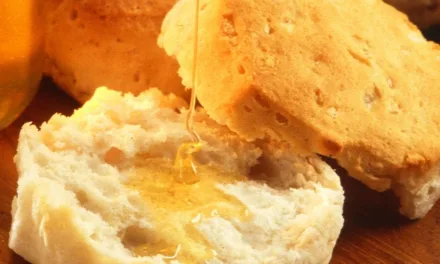Tequila is a distilled alcoholic beverage made primarily from the blue agave plant, mainly in the area surrounding the city of Tequila, in the central-western Mexican state of Jalisco. Here are some key points about tequila:
Origins: Tequila is named after the town of Tequila in Mexico. It has been produced since the 16th century, though indigenous peoples had fermented agave long before that.Production: Tequila is made by distilling the fermented juice of the blue agave plant. The heart of the agave, called the piña, is harvested, cooked, and then mashed or shredded to extract the juice, which is then fermented and distilled.Types: There are several types of tequila, classified based on their aging process:
- Blanco (Silver): Clear and typically unaged, though it may be aged for up to 60 days in stainless steel or neutral oak barrels.Joven (Gold): A mixture of blanco tequila and aged tequilas, or it may have coloring and flavoring additives.Reposado (Rested): Aged in oak barrels for a minimum of two months but less than a year.Añejo (Aged): Aged in oak barrels for a minimum of one year but less than three years.Extra Añejo (Extra Aged): Aged in oak barrels for at least three years. Appellation of Origin: Similar to champagne in France or scotch whisky in Scotland, tequila has a protected designation of origin, meaning it can only be produced in specific regions of Mexico.Consumption: Tequila is commonly enjoyed neat, in shots, or as an ingredient in cocktails such as the Margarita, Tequila Sunrise, and Paloma.Tequila has a distinct flavor profile that varies depending on its age and the production methods used. It’s known for its earthy, sweet, and slightly peppery taste, making it a popular choice for both sipping and mixing in drinks.
Image from Wikipedia






Recent Comments